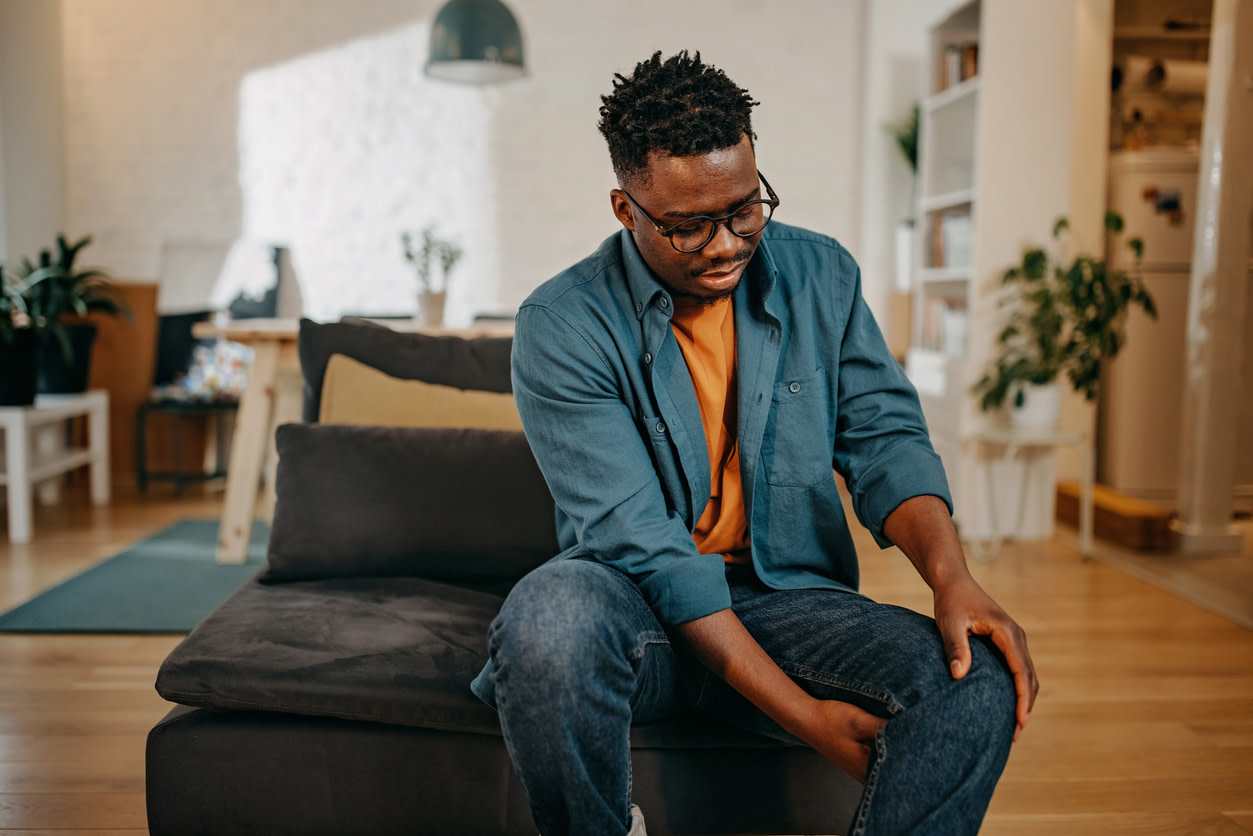Got Stiff Joints? These PT-Approved Tips and Exercises Can Help
Learn about what causes stiff joints and how to feel better with tips and exercises from physical therapists.
$0 cost to you
Published Date: Sep 6, 2024
Table of Contents
Exercises to Loosen Stiff Joints
Want expert care? Check if you're covered for our free program →- Hamstring Stretch
- Hip Flexor Stretch
- Quad Stretch
- Sit to Stand
- Squats
- Calf Raises
